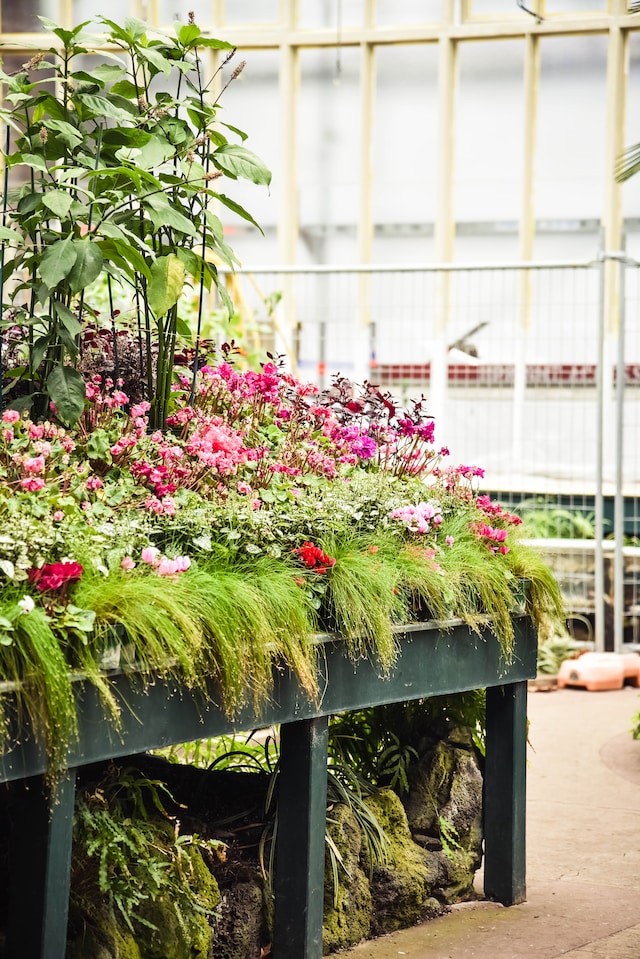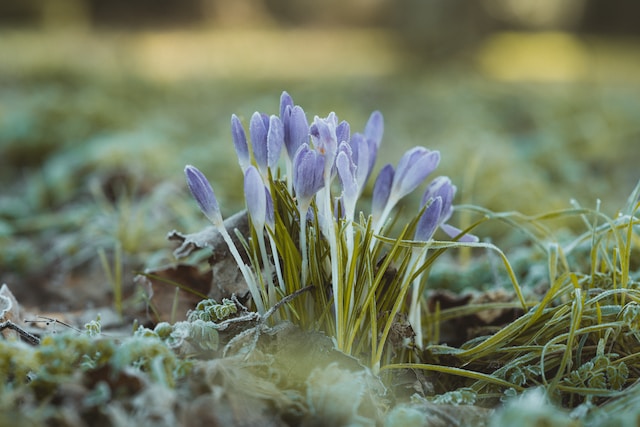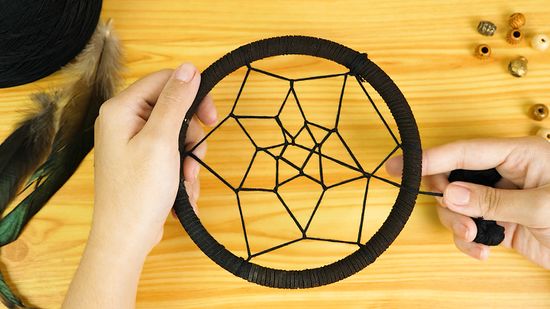Introduction:
Having a beautiful home garden is a dream for many homeowners. It not only enhances the aesthetic appeal of your property but also provides a peaceful and relaxing space to unwind. However, designing and maintaining a garden requires careful planning and regular upkeep. In this ultimate guide, we will explore the key steps and considerations involved in creating and maintaining a stunning home garden.
1. Assessing Your Space:
Before diving into garden design, it’s essential to assess your available space. Consider the size, shape, and layout of your garden. Take note of any existing features, such as trees, fences, or structures, that may impact your design choices. Understanding your space will help you make informed decisions about plant selection, layout, and overall design.
2. Defining Your Garden Style:
Every garden has its unique style, whether it’s formal, informal, modern, or cottage-inspired. Defining your garden style will guide your design choices and create a cohesive look. Browse through gardening magazines, websites, or visit local gardens for inspiration. Consider factors such as color schemes, plant choices, and architectural elements that align with your desired style.
3. Planning the Layout:
Once you have a clear vision of your garden style, it’s time to plan the layout. Divide your garden into functional areas, such as seating areas, flower beds, vegetable patches, or pathways. Ensure there is a logical flow between these areas. Sketch out your design on paper or use online garden planning tools to visualize the layout before implementing it.
4. Choosing the Right Plants:
Selecting the right plants is crucial for a beautiful and thriving garden. Consider factors such as climate, soil type, and sunlight exposure when choosing plants. Opt for a mix of perennials, annuals, shrubs, and trees to create depth and variety. Research the specific care requirements of each plant to ensure they are compatible with your garden’s conditions.
5. Creating Focal Points:
Focal points add visual interest and draw attention to specific areas of your garden. They can be created using architectural elements like pergolas, statues, or water features. Additionally, strategically placed plants with unique colors or textures can serve as focal points. These elements create a sense of balance and harmony in your garden design.
6. Implementing Hardscaping Elements:
Hardscaping elements, such as pathways, patios, and retaining walls, add structure and functionality to your garden. Choose materials that complement your garden style and blend well with the surrounding plants. Consider factors like durability, maintenance requirements, and accessibility when selecting hardscaping materials.
7. Maintaining Your Garden:
Maintaining a beautiful garden requires regular care and attention. Some essential maintenance tasks include watering, fertilizing, pruning, and weeding. Develop a watering schedule based on the needs of your plants and the climate in your area. Regularly inspect your garden for pests or diseases and take appropriate measures to address them promptly.
Conclusion:
Designing and maintaining a beautiful home garden is a rewarding endeavor that brings joy and tranquility to your living space. By assessing your space, defining your garden style, planning the layout, choosing the right plants, creating focal points, implementing hardscaping elements, and maintaining your garden, you can create a stunning outdoor oasis that you can enjoy for years to come. Remember, gardening is a continuous learning process, so don’t be afraid to experiment and adapt your garden as you gain experience and knowledge. Happy gardening!









